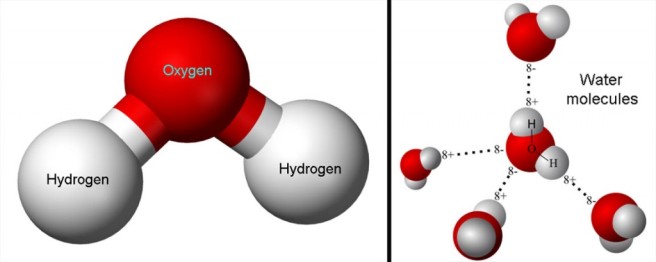It’s twenty years since I was part of a multicultural, multinational chemistry research group at Queens University Belfast, a rare thing in Northern Ireland in the days before the Good Friday Agreement. All credit to my supervisor who took students and post docs from far and wide to provide me with the educational experience that I dream of for the students I teach today. Science has now become somewhat of a focus for Northern Ireland’s beleaguered post conflict economy – and it felt that the experience I had as a PhD student was beginning to be replicated in NI start-up scientific based companies funded in part by the EU. So how will the recent referendum decision to leave Europe effect the choice of the next generation and in particular those wishing to study science ? There is a link below to the statement released by the EPSRC in regards to the referendum decision.

There is so much that can be said and so many people with much more experience (and much more to lose) than me but here’s my initial thoughts – My major worry when reading this is both the uncertainty and the timeframe – any teacher will recognise 2 years as that crucial time for choices to be made – whether it be GCSEs, A levels or even getting to that final year of a degree. Will this enough to put some of our young people off studying science ? Many young people with science qualifications in the UK are keen to move around Europe (and beyond) gaining skills to allow them to return closer to home as their career progresses. The flip side is that many science based companies recruit around Europe for scientists to bring their skills and technical knowledge to the UK. Not being part of the EU (or in the process of leaving) brings a degree of uncertainty in particular about funding as access to EU Horizon 2020 grant system may change. The movement of scientific talent had already become an issue before the referendum when the earning threshold for non-EU immigrants was being set at £35,000. This threshold has major implications within the younger scientific community, for example scientists obtaining their first post degree job or post doctoral position.
My other concern goes back to my days in a research group. There was a massive amount of administration behind the scenes to allow funding such an international mix of students and post doctoral researchers. Surely leaving the EU can not make this task any easier. Most research groups do not work in isolation, a quick check of publications shows that a lot of research papers are written by more than one contributing group. Will we still have the same academic collaboration between British research groups and those in the EU? I have no doubt that it will not be the groups themselves that will prevent this but rather the funding bodies and the extensive paperwork which will slow down collaborative processes. There have been a wealth of articles about the implications of the referendum on science, a few of which I’ll link below and leave you with an excellent quote from the current President of the Royal Society Professor Venki Ramakrishnan – ‘Many of the global challenges we face can only be tackled by countries working together’.
http://www.rcuk.ac.uk/media/news/160706/
http://www.rsc.org/chemistryworld/2016/07/explainer-what-will-brexit-mean-science
https://www.theguardian.com/education/2016/jul/16/research-funding-hit-by-brexit-vote
















